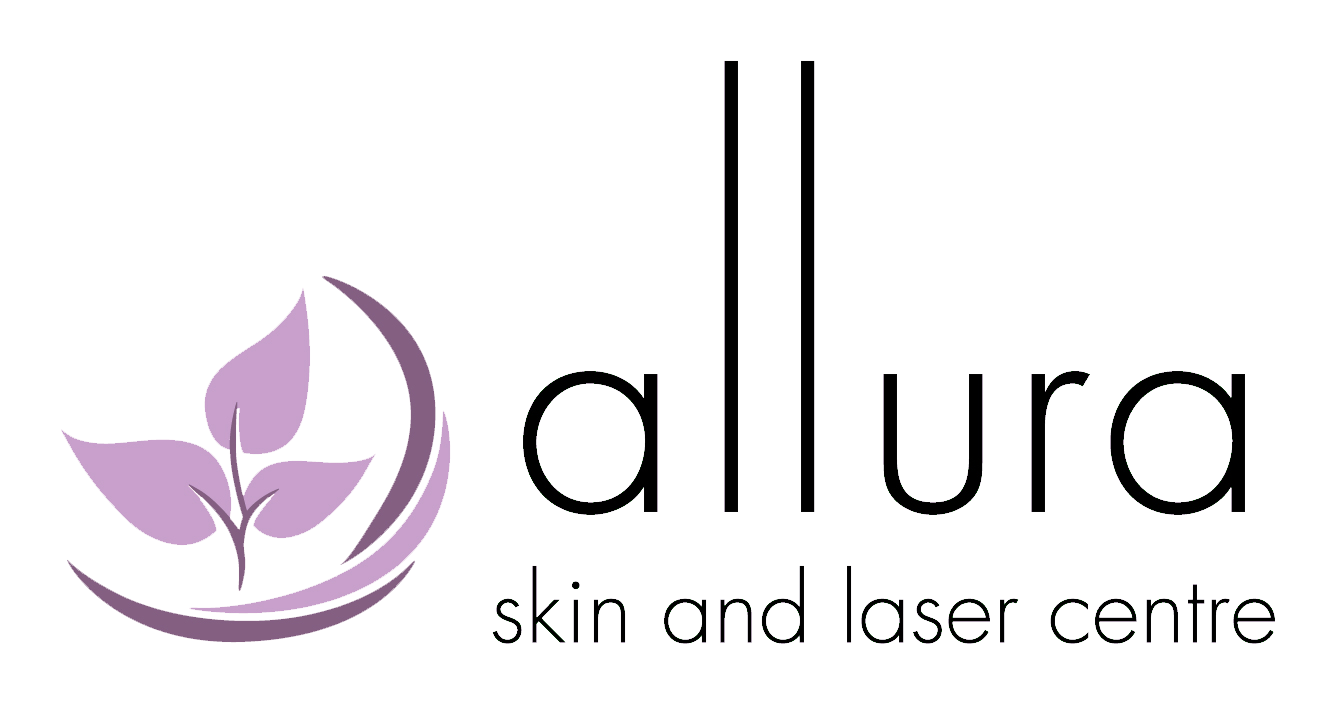Introduction
Hydrafacial treatments are quickly becoming a go-to option for people looking to achieve a deep clean, boost hydration, and improve skin tone—all without discomfort or downtime. Whether you’re curious about what it feels like, who it’s best for, or how to prepare, this Hydrafacial FAQ guide answers the most common questions with expert insights.
What Is a Hydrafacial and How Does It Work?
A Hydrafacial is a non-invasive, multi-step facial treatment that deeply cleanses, exfoliates, and hydrates the skin. It combines gentle suction and nourishing serums to extract impurities, remove dead skin cells, and replenish the skin with antioxidants, peptides, and hyaluronic acid. Unlike traditional facials, it uses a specialized device to deliver consistent results and is suitable for all skin types.
View this post on Instagram
Is Hydrafacial Safe for All Skin Types?
Yes, Hydrafacial is safe and effective for all skin tones and types, including sensitive, oily, dry, and acne-prone skin. Its customizable technology allows providers to adjust the serums and intensity based on your skin’s specific needs. This makes it a great option for anyone looking to improve their skin’s texture and tone without irritation or downtime.
What Skin Concerns Can a Hydrafacial Help With?
Hydrafacial is a versatile treatment designed to address multiple skin concerns, including:
- Congested or enlarged pores
- Fine lines and wrinkles
- Dull or dehydrated skin
- Oily and acne-prone skin
- Uneven skin tone and texture
According to a clinical study published in the Journal of Clinical and Aesthetic Dermatology, Hydrafacial treatments significantly improved acne severity and overall skin clarity.
How Often Should I Get a Hydrafacial?
For optimal results, most clients benefit from monthly Hydrafacial sessions. Regular treatments help maintain hydration, prevent breakouts, and promote a smoother complexion. A series of 4–6 treatments is often recommended for those targeting specific skin concerns like acne or signs of aging.
Is There Any Downtime After a Hydrafacial?
One of the biggest advantages of a Hydrafacial is that there is no downtime. You may experience slight redness or tightness for a few hours, but these effects typically subside quickly. Clients can return to their daily activities immediately after treatment.
Can I Combine Hydrafacial with Other Treatments?
Absolutely. Many clients combine Hydrafacial with treatments like microneedling or LED light therapy to enhance results. If you’re interested in expanding your skincare plan, explore our Microneedling Services and Medical Facials to see how they complement your Hydrafacial.
When Will I See Results from My Hydrafacial?
Many clients notice a visible improvement in skin tone and texture immediately after their first session. The skin appears more radiant, hydrated, and refreshed. Continued improvements occur over time with regular treatments.
How Do I Prepare for My Hydrafacial?
- Avoid retinoids, AHAs, and exfoliating treatments for at least 48 hours before your session.
- Stay hydrated and come with a clean, makeup-free face.
- Let your provider know about any skin sensitivities or current treatments.
Is Hydrafacial Right for Me?
If you’re looking for a gentle yet effective way to rejuvenate your skin without downtime, a Hydrafacial might be the perfect solution. It’s ideal for those dealing with dryness, acne, dullness, or signs of aging. If you have further questoins after this HydraFacial FAQ and would like to determine the best plan for your skin, book a consultation with one of our skincare professionals.

